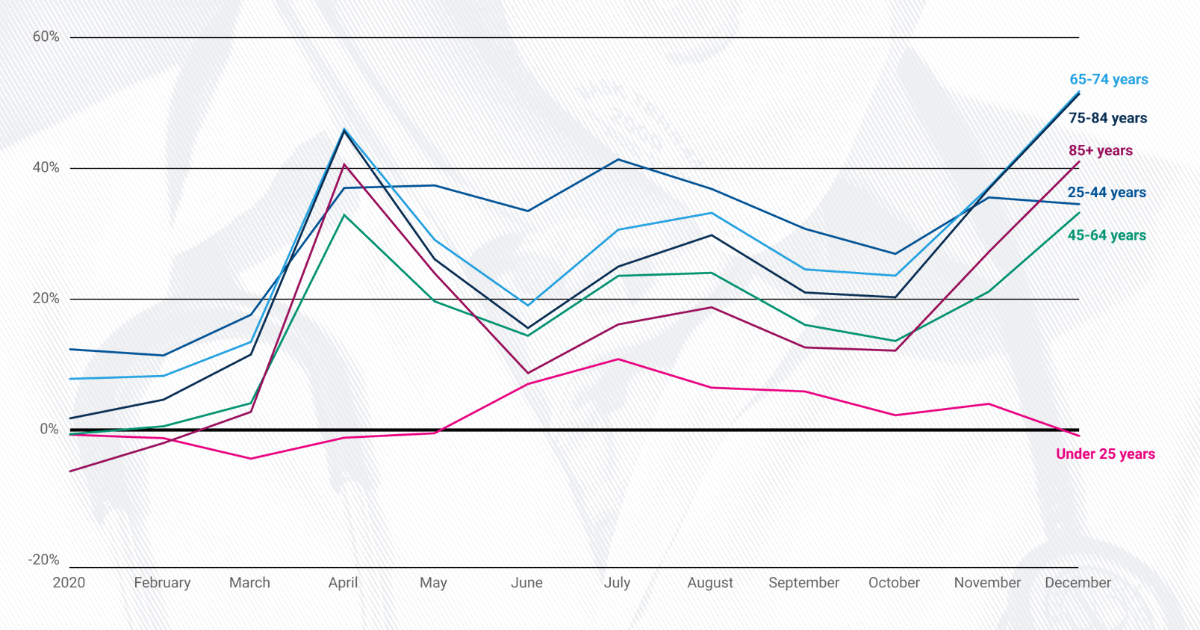wiscoaster
Well-known member
Then, again, maybe the ACTUAL case fatality count ISN'T as bad as has been reported. On the news this morning: if the deaths where someone died WITH Covid-19 were separated out from those that died FROM Covid-19 then the resulting count might be as low as 35,000 --- about the same as an average year of influenza deaths. (Data from CDC)
One example given: an individual that died from a gunshot wound who had previously tested positive some weeks before was required by the local health department to be listed as a Covid cause of death. Ridiculous.
One example given: an individual that died from a gunshot wound who had previously tested positive some weeks before was required by the local health department to be listed as a Covid cause of death. Ridiculous.
Last edited:

